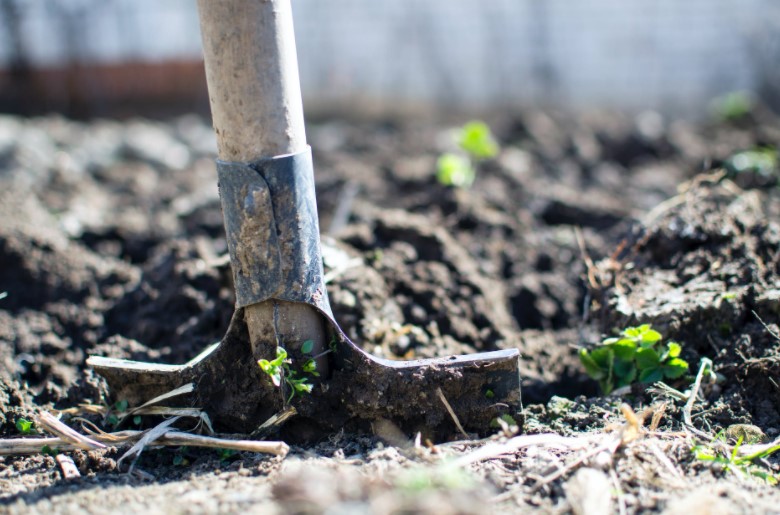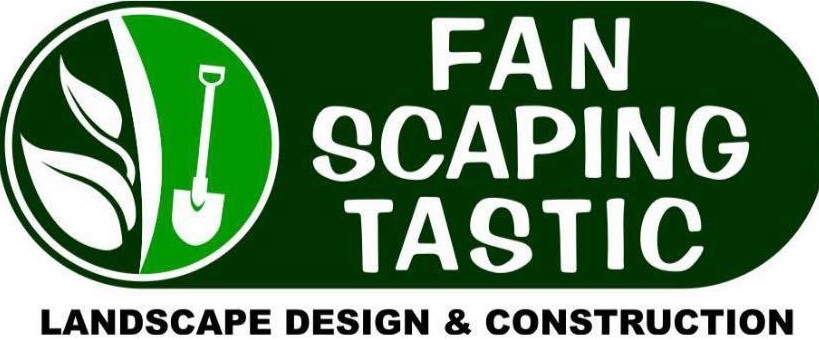
Gardening Tool Names: The Complete List
Anyone can master the art of landscaping and gardening. Watering plants at a scheduled time, knowing which fertilizer to add, adjusting the lighting, and so on.
But can anyone recall more than 5-6 crucial gardening tool names? We doubt so. We take our tools and equipment for granted and give ourselves too much credit.
But it isn’t until a hoe goes missing when we start to feel its absence. You should’ve treated your hoe better, pal.
Jokes aside, we’ll give you a list of all the gardening tool names you’ll need.
If you’re a beginner, this will give you a clear picture of the daily tasks you’ll need to fulfill to maintain a garden. You’ll either love or hate gardening after this.
If you’re a pro, it’ll give you an idea of some handy tools you may be unfamiliar with. So this will make your life much easier.
Gardening Tools and Categories
We’ll cover three broad categories of use:
- Digging
- Moving
- Trimming and Pruning
The following gardening tool names will be elaborated:
- Shovels
- Spades
- Rakes
- Hoes
- Wheelbarrow
- Secateurs
- Scissors
- Picks
- Forks
- Trowels
- Saws
- Mattocks
- Loppers
Thus, let’s dig up some useful information about these tools. Alright, we’ll stop joking.
Gardening Tools Used For Digging

Trowels
This one doesn’t bend when you apply pressure if it’s got a strong blade.
Like all other tools, trowels have various types of blades, ranging from serrated to pointy to flat. Each has its unique use.
It’s especially useful when you’re digging small holes for planting in a garden bed.
It’s also useful for tearing out nasty weeds or working with soil in potted plants.
Spades
Spades are known for their smaller square heads and flat blades. It’s probably the most versatile tool in the gardener’s toolkit. Hence, we like to call it the all-rounder of all tools.
Besides digging up soil, it’s used to smoothen out and straighten plants and cut through thick soil layers.
It also helps to shift layers of dust and rubble and combine essential nutrients in the soil.
Gardeners with lawns use spades as saviors for edging out and trimming lawns, making lawn maintenance just a bit easier.
Forks
If your soil is soft, luscious, and free of rocks, there’s only one tool you should thank: forks.
Its primary use involves loosening up soil particles that help to single out tree roots or rocks. So it prevents the soil from becoming compact.
Many people use specialized forks to shift compost, manure, and hay and allow airflow underneath lawns.
Hoes
This tool has existed as long as farming. People use it to remove weeds from the soil to harvest root crops, e.g., potatoes.
Since people use hoes for preparing gardening beds, its use becomes compulsory during the cultivation season.
Picks
This is a more heavy-duty tool. You use picks to remove rocks from the soil that breaks it apart, and makes it more consistent.
Mattocks
Similar to picks, gardeners use mattocks to dig up relatively tough items. Mattocks have flatter blades and are useful for slicing through heaps of clay.
Hence, we call mattocks and picks grubbing tools for being more heavy-duty.
Gardening Tools Used For Moving

Shovels
People often confuse shovels with spades. Shovels have their blades at a certain angle, whereas spades have their blades aligned to the handle. Shovels are also broader and larger than spades.
While there are plenty of different shovels, two prominent ones stand out.
Square-shaped shovels can scoop up soil, sand, gravel, dirt, and mulch around the garden or into a wheelbarrow.
Round-shaped shovels are better digging tools than spades. They’re also useful for moving around larger stocks of different materials.
Rakes
Rakes can be used to smooth out uneven patches of soil. They can be used to clean up garden debris, such as a pile of leaves, lawn clippings, or twigs, into a wheelbarrow.
Generally, there are two kinds of rakes. The plastic one is cheaper and is the one people use to rake up debris across the garden.
The metal rakes can be used to smooth out soil and sand.
Wheelbarrows
Human innovation truly thrived at the diversity in shapes and sizes of the wheelbarrow. It’s important to select a barrow that will last you long – one with solid tires, strong arms to push easily, and a bucket of your choice.
Wheelbarrows are used to move around almost anything: cut branches, weeds, woodchips, dirt, gravel, sand, and all kinds of rubbish.
You can select either a metal or plastic bucket. Metal buckets can carry more weight but need extra care to remain rust-free for a long time. Plastic buckets won’t rust, but it can shatter quite quickly if it’s overfilled with debris.
Brooms
After being replaced by the vacuum cleaner in the house, brooms have extended their use to the backyard. So just quickly sweep up the rubble using a wide broom with stiff bristles.
Gardening Tools Used For Trimming

Secateurs
Don’t let the fancy name scare you. Also called pruning shears or pruners, secateurs can prune woody plants, trees, flowers, and shrubs.
Loppers
Have you ever seen garden trees being shaped in movies? The gardeners use something long to cut the trees. Those are loppers.
These pruners have long handles, making it easy to trim branches in tall trees. Thick stems and branches out of reach of secateurs need the help of loppers.
Pro tip: use lightweight loppers to reduce your fatigue.
Saws
This is the daddy of all the trimming tools. Anything secateurs and loppers can’t handle – the saw takes care of it. Hence, saws can tame hedges and shrubs skillfully.
Keep your saw clean in its case after every use; otherwise, the blade becomes blunt.
Scissors
Believe it or not, they’re not just useful for cutting your naughty sister’s hair. They’re used to cut and trim smaller branches and to harvest herbs and cut twine.
Additional Tools used for Gardening
These are power tools and so are more expensive. If you have a big garden, consider the following devices:
- Lawnmower: Keeps your grass trimmed and in good shape.
- Chainsaw: Cut through thick trunks of trees for firewood.
- Leaf blower: Blows away leaves and other garden debris.
Conclusion
We underestimate the value of such simple tools and their mechanics. So we hope this guide gives you a comprehensive list of things you’ll need to invest. We hope you remember these gardening tool names and take care of them.
Are you interested to learn more about gardening? Click here to know more about DIY garden designing.
Are you confused about the differences between backyard and front yard gardening? Click on the links to find out more.


Recent Comments